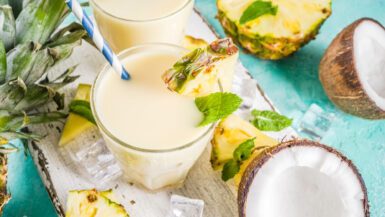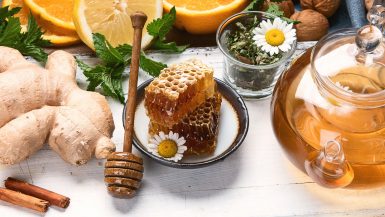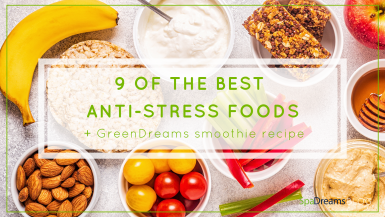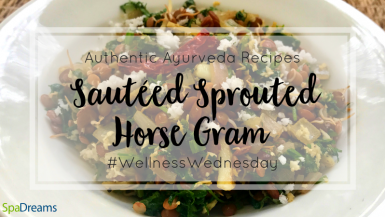Diets are now a dime a dozen. The Paleo and vegan diets have been around for a long time and are very popular. However, combining the two has led to the pegan diet. In this article, you’ll find out what this diet is all about, what foods pegans eat, and how healthy the trend is.
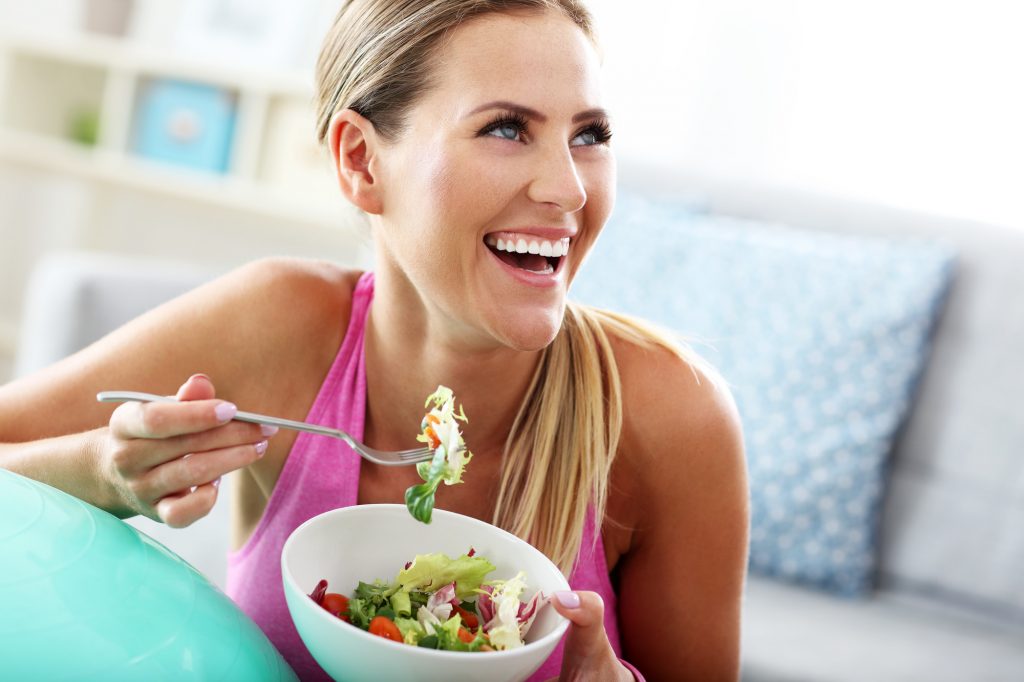
What is the pegan diet?
The word “pegan” is a portmanteau of paleo and vegan. Anyone familiar with the two diets is bound to wonder how it is even possible to combine them, since they differ greatly in some respects. Mark Hyman, American physician and inventor of the pegan movement, maintains that both diets are based on the similar principles.
Veganism
Vegans do not eat products of animal origin, i.e. no meat, fish, milk and dairy products, eggs or honey. In addition to this, many vegans make sure that juices are not clarified with gelatin and avoid products that have been tested on animals such as medicines or cosmetics and avoid clothing or products made from animas. So vegans consume mainly fruits and vegetables, grain products, legumes and nuts and seeds.
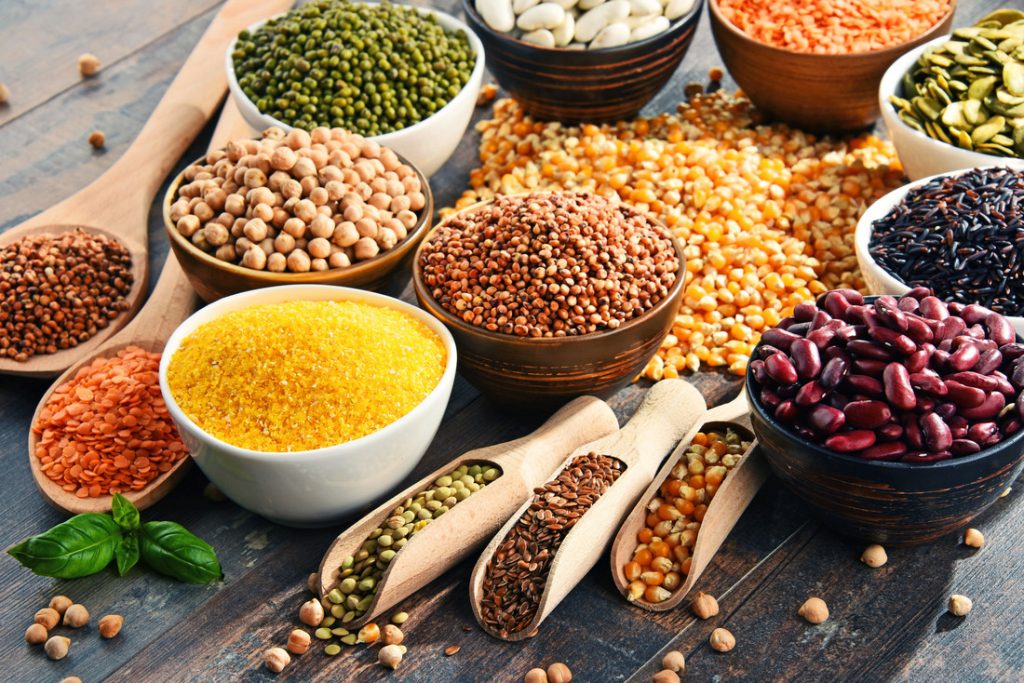
However, a vegan diet does not always mean a healthy diet. May vegan-friendly foods are highly processed products such as cookies, chocolate, potato chips or vegan meat alternatives. They often also include vast amounts of sugars or unhealthy fats. In some cases, this can lead to nutrient deficiencies.
Paleo: The Stone Age diet
The paleo diet, also known as the Stone Age diet, also includes lots of fruits and vegetables, nuts and seeds, but also meat, fish and eggs. As the name suggests, everything that our ancestors used to be able to pick, gather, hunt or fish is acceptable. Honey, for example, is used for sweetening, and the Paleo diet does not skimp on fats either.

On the other hand, sugar and sweeteners, alcohol, coffee, pastries, milk, yogurt, cream, quark and cheese, refined fats and industrially processed meat products are not allowed. Some national institutions criticize the paleo diet for endorsing too much consumption of animal products.
Hyman wanted to create a form of nutrition that combines the most beneficial aspects of both paleo and vegan nutrition, ultimately resulting in the pegan diet.
What do pegans eat?
People following a pegan diet eat about 75% fruit and vegetables. However, in addition to nuts, seeds and high-quality vegetable oils, meat, fish and eggs also supplement the diet, as long as they are fresh and as minimally processed as possible. This is the biggest difference between a pegan and a vegan.
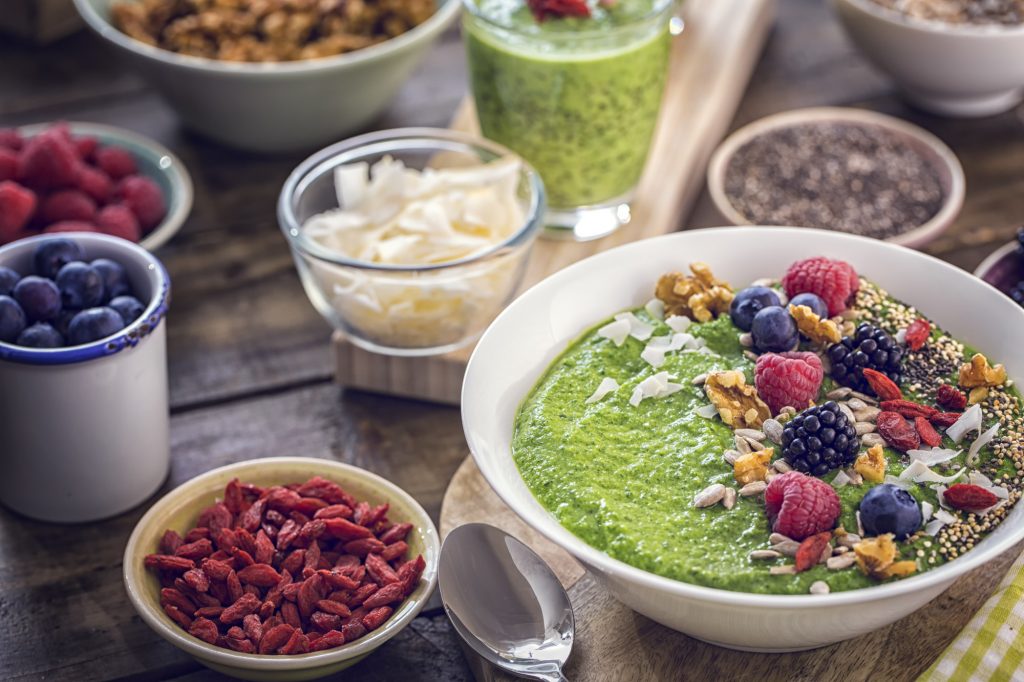
Animal foods are regularly on the menu, but are considered more of a side dish. Here it is important to pay attention to the source and quality. The rule is: quality before quantity. Cow’s milk products are avoided in the pegan diet just as with vegans, as is gluten, since it is suspected of promoting digestive problems. Legumes are consumed only in moderation, as they are quite high in carbohydrates and can contain substances that are difficult to digest.
Another important aspect is that pegan cuisine is a fresh and natural cuisine. Sweeteners and additives are strictly taboo.
Mark Hyman’s pegan diet food list
- Fruits and vegetables (should make up 50-75% of the pegan diet).
- Foods with a low glycemic index
- Nuts
- Grains and legumes in small quantities
- Animal products only as a side dish and in organic/free-range quality
- Vegetable milk alternatives
- Unprocessed fats in the form of nuts, avocados, olive oil
- Maple syrup, honey, coconut blossom sugar for sweetening
Benefits of the pegan diet
Nutritionists emphasize the large amounts of fruits and vegetables that pegans consume as beneficial to one’s health. Fruits and vegetables, just like high-quality fats, should be present in sufficient quantities in any diet. Another beneficial aspect is the focus on fresh – and ideally – local ingredients.
Also by avoiding additives in ready meals or highly processed industrial products, sweets, soft drinks and so on, you make a contribution to your own health. This is perhaps even an advantage that pegans might have over some vegans, because the vegan diet is not necessarily wholesome and healthy. Another advantage over the vegan diet could be that fewer (potentially) critical nutrients need to be supplemented and the body is supplied with sufficient protein through meat, fish and eggs. Protein intake can also be ensured with a wholly vegan diet, however, this usually requires much more consideration and in-depth nutritional understanding.

Disadvantages of a pegan diet
Probably the biggest disadvantage of the pegan diet is its feasibility in everyday life. With many diets, cooking with friends and family or even eating out becomes a challenge. With the pegan diet – no dairy, no sugar, no simple carbohydrates, no grains or gluten, and only very specific fats – eating out can feel virtually impossible, and nobody wants to likes to be singled out at a gathering.
Anyone who wants to follow a pegan diet needs, above all, perseverance and strong self-discipline. Additionally, it also requires a certain organizational talent, because if you are out of the house or traveling for a longer period of time, you should probably prepare your food. Meal-prepping becomes an essential tool in successfully following a pegan diet.
There are also critics who believe that products containing gluten are not necessarily unhealthy for humans and can be eaten with a clear conscience as long as there is no allergy or intolerance. A similar argument can be made about legumes, which are only eaten in very small quantities in a pegan diet, as they could promote digestive problems and cause blood sugar levels to rise. This rule in the pegan diet is probably questionable, since legumes are valuable sources of protein (especially in the vegan diet) and also provide the body with minerals and fiber. The latter are of great importance for a healthy intestine and are not found in fish, meat and eggs, for example.
So even with a pegan diet, nutrient deficiencies can occur despite occasional meat consumption – especially because of the absence of legumes and grains. These whole-food, pegan ingredients also come with a price tag – not everyone can afford maple syrup, avocado, coconut oil and organic meat on a permanent basis.
The pegan diet bottom line
The pegan diet is great to try out for a while, especially to increase your awareness for healthy and sustainable nutrition. The most positive takeaway from this is the focus on healthy, nutrient-dense and fresh ingredients and the steps to breaking away from highly processed, unhealthy, and ready-to-eat foods. Omnivores who want to learn to limit their consumption of animal products could benefits from the pegan diet, as you wouldn’t completely eliminate fish, meat or eggs but also make a better effort to understand the sustainable and high quality food sources.
Many find that the pegan diet is not feasible, long-term solution. In busy modern lives, it is often hard to find the time to cook fresh food every day, and sourcing high-quality and organic ingredients can prove to be rather expensive on the long-run. However, if you can master meal-prepping, this won’t necessarily be an issue.
Lastly, many question whether banning legumes or gluten from a diet is necessary, especially on the long run. Unless there is a proven allergy or intolerance, these foods can offer valuable nutritional sources. Sugar is also seen as a food “demon”, but it doesn’t necessarily need to be bad if eaten with limitations instead of eliminating it altogether.
23.06.2021


